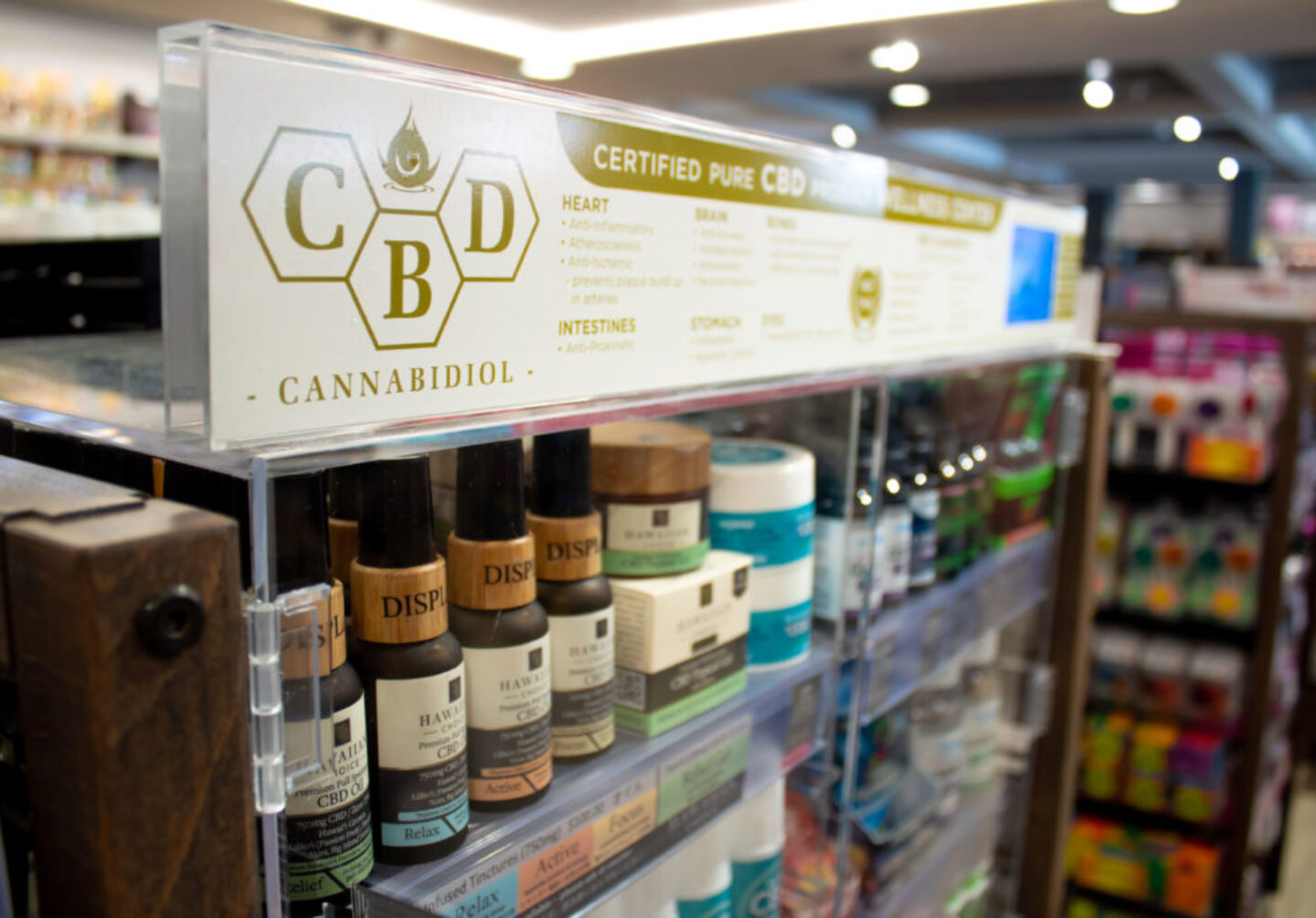By Evan Senn
Cannabidiol (CBD) is becoming a common household product. You can find CBD in food and beverages at many grocery stores, in cosmetics, in pet products and even in skin care. Consumer interest in CBD has spiked with interest in new wellness products. In this dire time of economic upheaval, personal struggles, widespread fear and anxiety, and on the brink of a new recession, it makes perfect sense that people are turning to CBD, for investments and for relief. Considering whether the cannabis industry is recession proof, CBD may be taking the lead.
Older consumers tend to cite benefits for pain management, while younger consumers are more likely to use CBD to relax, and as studies show, self-reported reasons for consumption can substantially impact purchasing decisions. For example, consumers who report consuming CBD for medical reasons are far likelier to purchase the same brands, while consumers seeking general wellness are more willing to try new products and don’t necessarily consider brand loyalty in their search for relief.
In considering the booming CBD market, North America is thought to hold the highest percentage of CBD businesses since many states have been fighting for the legalization of cannabis as well as the greater knowledgebase of CBD’s benefits, compared to other countries and areas of the world. Differing regulatory requirements in Europe create additional hurdles for CBD businesses abroad. But that doesn’t mean Europe won’t catch up.
Consumer outreach and messaging on CBD can also present substantial challenges. For some producers, an opportunity to educate consumers about the potential benefits of CBD is just as important as the potential of business success.
New Frontier Data recently released a survey that highlights the largest consumer base in Europe as being the 55-years-plus population (38 percent), as they are more likely to use CBD at least once a day. However, their survey also shows that 18-34-year-olds are nearly four times as likely to have tried CBD as those 55+. Additionally, adults under the age of 35 are shown to be much more willing to discuss CBD within their social circles, and as a group report higher numbers for having friends and family who consume CBD.
In 2019, CBD product sales reached between $600 million and $2 billion, according to investment research firm Cowen. The firm’s analysis projected that the industry would grow to $16 billion by 2025, when they say that 10 percent of U.S. adults will use CBD.
The CBD oil market is expected to witness growth at a rate of 31.90% for the forecast period of 2020 to 2027, according to Data Bridge Market Research. The CBD market impacts industries like cosmetics, food and beverage, health and wellness, and pharmaceuticals. Products are still sold through licensed dispensaries but now they are also being sold at general-market retailers like cafes, smoke shops, grocery stores and pharmacies, and interestingly enough, overall CBD sales are shifting from dispensaries to general retail stores.
Cannabis research group BDS Analytics made its own prediction in a 2019 study with Arcview, stating that CBD sales in the U.S. will total more the $20 billion by 2024. Other estimates from industry analysts at Brightfield and the Hemp Business Journal say the market will total $646 million and $22 billion, respectively, by 2022.
“We’re witnessing CBD maturing from a cannabis sub-category into a full-blown industry of its own,” Roy Bingham, co-founder and CEO of BDS Analytics, said in the study. “Our growth forecast for the CBD market, across all distribution channels, predicts a compound annual growth rate of 49 percent by 2024.”






